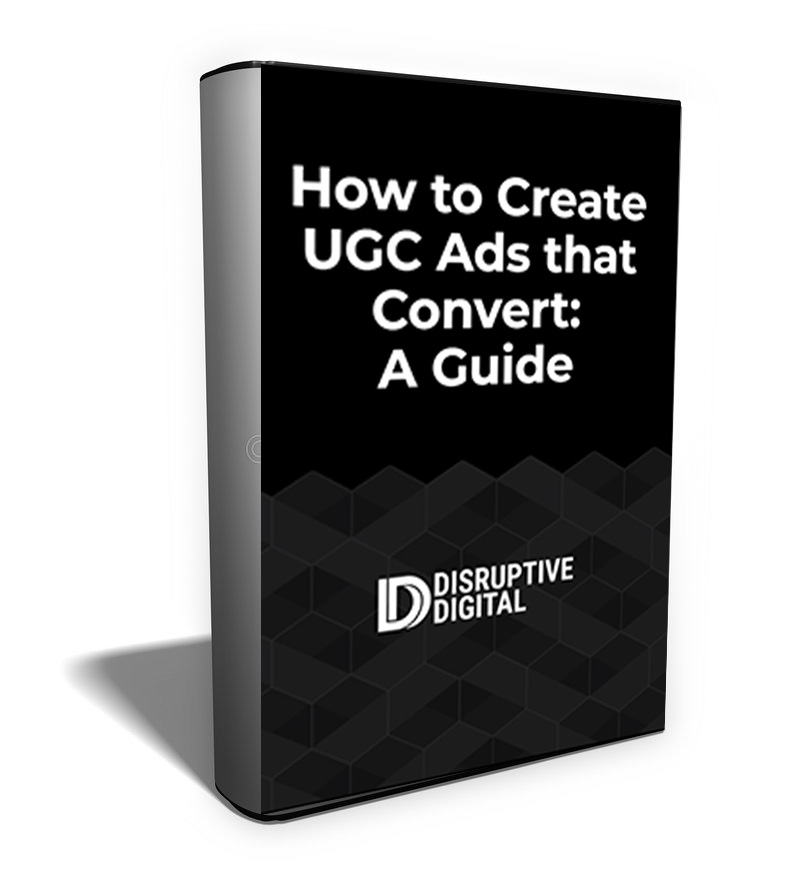(If you easily achieve more than 50 conversions per week, check out How to Creative Test on Meta Accounts with High Conversion Volume instead)
Effectively managing low conversion volume accounts on Meta platforms can be challenging, especially for direct-to-consumer businesses looking to grow. CMOs, performance marketers, and rapid-growth CEOs often struggle to fine-tune their ad strategies to reach valuable audiences and meet their goals for cost per acquisition and return on ad spend.
Today, we’re discussing creative testing for Meta accounts, focusing on those with lower conversion rates or lower transaction volume. We’ll explore why a one-size-fits-all approach doesn’t work and how a customized strategy, using limited and strategic testing, advanced tactics like Dynamic Creative Testing (DCT) and Advantage+ Shopping (ASC), and sticking to a structured testing calendar, can significantly improve advertising performance. The goal is to provide insights that attract new users as well as optimize what’s already proving successful.






